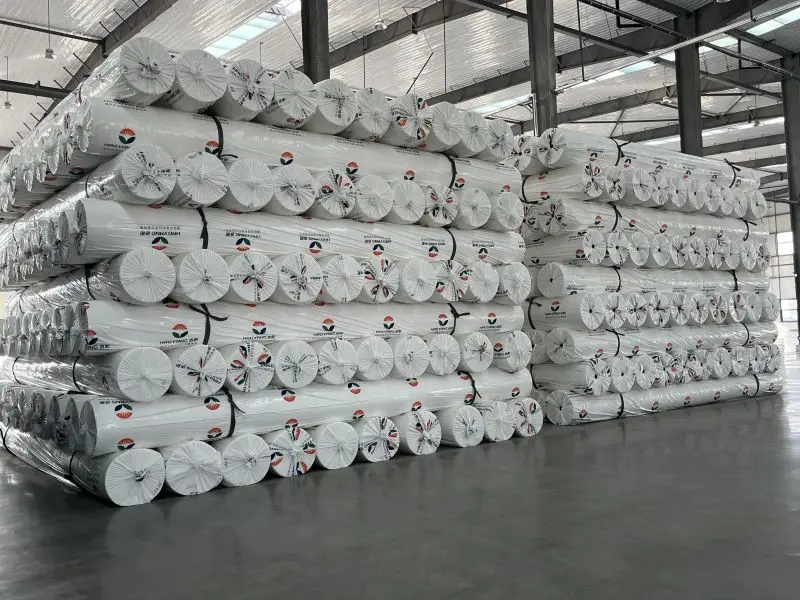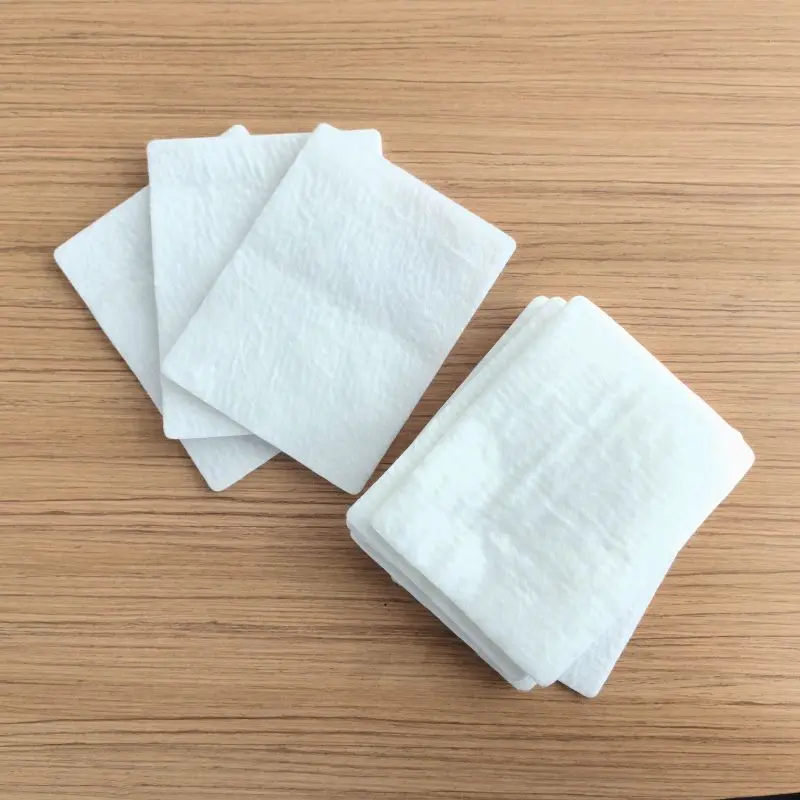![]() 300g PET geotextiles test report.pdf
300g PET geotextiles test report.pdf
Enhancing Stability and Sustainability
Non-woven geotextiles, a vital component of geosynthetic materials, are employed to strengthen diverse construction projects, ensuring longevity and stability. These materials serve a crucial role in fortifying the foundations of infrastructure, providing consumers with enhanced durability and performance.
307287.webp)
Versatile Applications
From road construction to embankment reinforcement, non-woven geotextiles find applications in various sectors. Acting as a robust barrier, they prevent soil erosion and promote stability, safeguarding infrastructure against natural elements. Consumers benefit from these materials in landscaping projects, drainage systems, and ground stabilization efforts.

Efficient Construction Methods
The utilization of non-woven geotextiles facilitates efficient construction processes. Their ease of installation and adaptability make them a preferred choice for construction professionals. Consumers experience cost-effective and time-efficient projects, as these materials streamline construction workflows without compromising on performance.

Environmental Sustainability
Beyond their functional attributes, non-woven geotextiles contribute to environmental sustainability. Their permeable nature allows for effective water drainage, minimizing environmental impact. Consumers can thus enjoy eco-friendly construction solutions that align with modern environmental standards.
962342.webp)
In conclusion, non-woven geotextiles emerge as indispensable materials, ensuring infrastructure strength, durability, and environmental responsibility. As consumers prioritize resilient and sustainable construction, these geosynthetic materials play a pivotal role in meeting their expectations.
Place of Origin | Shandong, China |
Brand Name | Haoyang |
Geotextile Type | Non-Woven Geotextiles |
MOQ | 1000㎡ |
Application | civil engineering project |
Material | PP(polypropylene) PET (polyester) |
Color | White,black,green, etc |
Width | 1-10m |
Length | 50-100m/roll (at Request) |
Advantage non-woven geotextiles are used to strengthen
Geosynthetic materials, particularly non-woven geotextiles, offer several advantages when used for reinforcement and stabilization in civil engineering and construction projects. Here are some key advantages where non-woven geotextiles are used to strengthen:
Separation and Filtration:
Non-woven geotextiles act as effective separation layers between different soil types and materials. They prevent the mixing of finer and coarser particles, which is crucial for maintaining the integrity and performance of various construction layers.
Soil Reinforcement:
Non-woven geotextiles provide reinforcement to soil structures, especially in applications like road construction and embankments. They distribute loads and reduce the potential for soil erosion, improving the overall stability of the structure.
Water Drainage:
The permeable nature of non-woven geotextiles allows for efficient water drainage. By promoting water flow while preventing soil particles from clogging drainage systems, these materials contribute to improved drainage performance and prevent water-induced damage.
Erosion Control:
Non-woven geotextiles are effective in erosion control by stabilizing soil surfaces. They minimize soil erosion caused by wind and water, protecting vulnerable areas and ensuring the long-term stability of slopes and embankments.
Soft Soil Reinforcement:
In areas with soft or weak soils, non-woven geotextiles serve as reinforcement to increase the load-bearing capacity. They are often used in combination with other geosynthetic materials to create stable foundations for construction projects.
Flexibility and Conformity:
Non-woven geotextiles exhibit high flexibility and conformability to irregular surfaces. This makes them suitable for a variety of applications, including lining and protection in geomembrane installations or as a cushioning layer in landfill engineering.
Construction Cost Savings:
The use of non-woven geotextiles can lead to cost savings in construction projects. By improving soil stability, reducing the need for extensive excavation, and minimizing maintenance requirements, these materials contribute to overall project efficiency.
Resistance to Biological and Chemical Degradation:
Non-woven geotextiles are designed to resist biological and chemical degradation, ensuring their long-term performance in various environmental conditions. This resistance enhances the durability and reliability of structures where these materials are applied.
Ease of Installation:
Non-woven geotextiles are typically lightweight and easy to handle, facilitating a straightforward installation process. This ease of installation contributes to the efficiency of construction projects and can lead to time and labor savings.
Environmentally Friendly:
Non-woven geotextiles are often manufactured using environmentally friendly materials. Additionally, their use in erosion control and sediment retention contributes to environmentally sustainable construction practices.
In summary, non-woven geotextiles are versatile materials that play a crucial role in strengthening various aspects of civil engineering and environmental projects. Their unique properties make them valuable for soil reinforcement, separation, and erosion control, contributing to the overall success and longevity of construction projects.
935.webp)
495.webp)
191.webp)

503.webp)
759.webp)

597.webp)
411.webp)